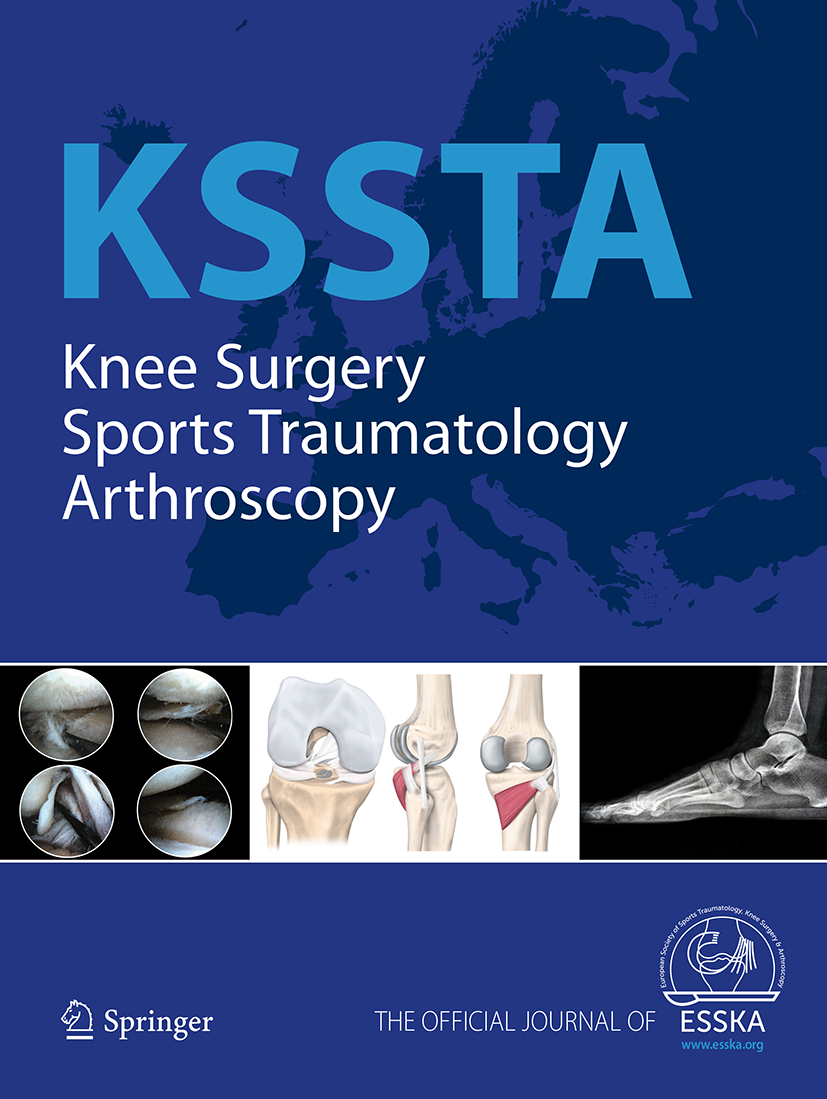
Adverse effects more frequent with bioabsorbable vs. metal screws in ACL reconstruction

Adverse effects more frequent with bioabsorbable vs. metal screws in ACL reconstruction
Meta-analysis comparing bioabsorbable versus metal interference screw for adverse and clinical outcomes in anterior cruciate ligament reconstruction
Knee Surg Sports Traumatol Arthrosc. 2014 Jan;22(1):142-53. doi: 10.1007/s00167-012-2340-8. Epub 2012 Dec 14.Did you know you're eligible to earn 0.5 CME credits for reading this report? Click Here
Synopsis
This meta-analysis summarized results from eleven randomized control trials (RCTs) involving 878 randomly allocated patients to investigate the use of bioabsorbable interference screws compared to metal interference screws in single bundle primary anterior cruciate ligament (ACL) reconstruction. The study aimed to report adverse effects and clinical outcomes from different screw types after a mini...
To view the full content, login to your account,
or start your 30-day FREE Trial today.
FREE TRIAL
LOGIN
Forgot Password?
Explore some of our unlocked ACE Reports below!

Learn about our AI Driven
High Impact Search Feature
Our AI driven High Impact metric calculates the impact an article will have by considering both the publishing journal and the content of the article itself. Built using the latest advances in natural language processing, OE High Impact predicts an article’s future number of citations better than impact factor alone.
Continue



 LOGIN
LOGIN

Join the Conversation
Please Login or Join to leave comments.